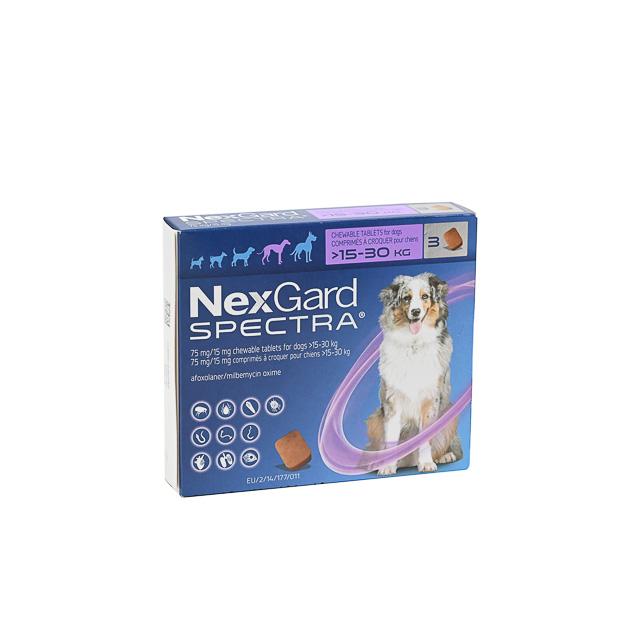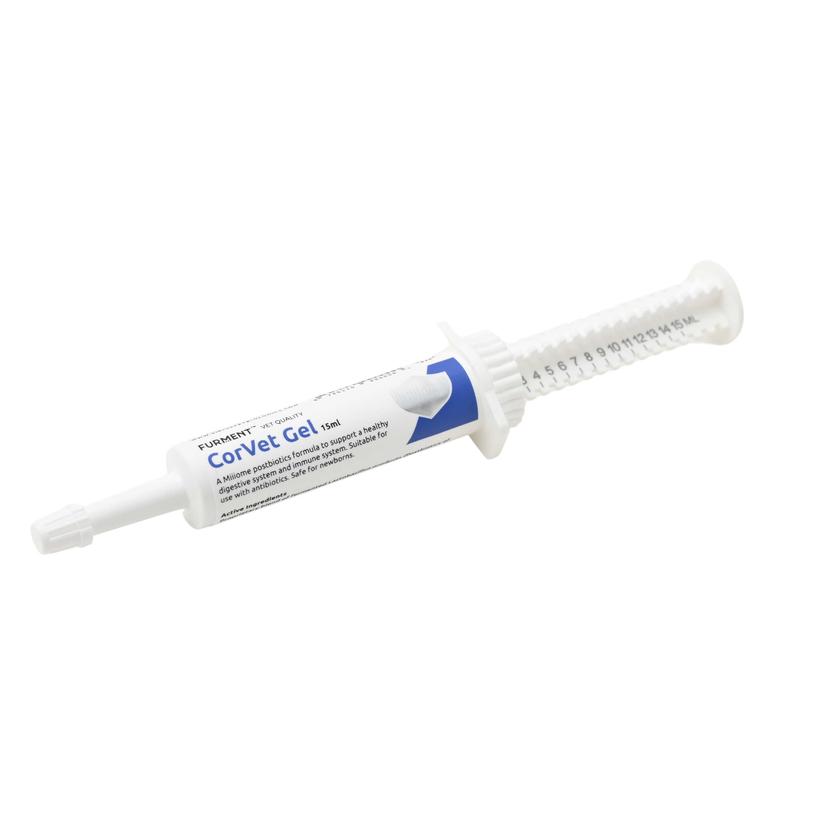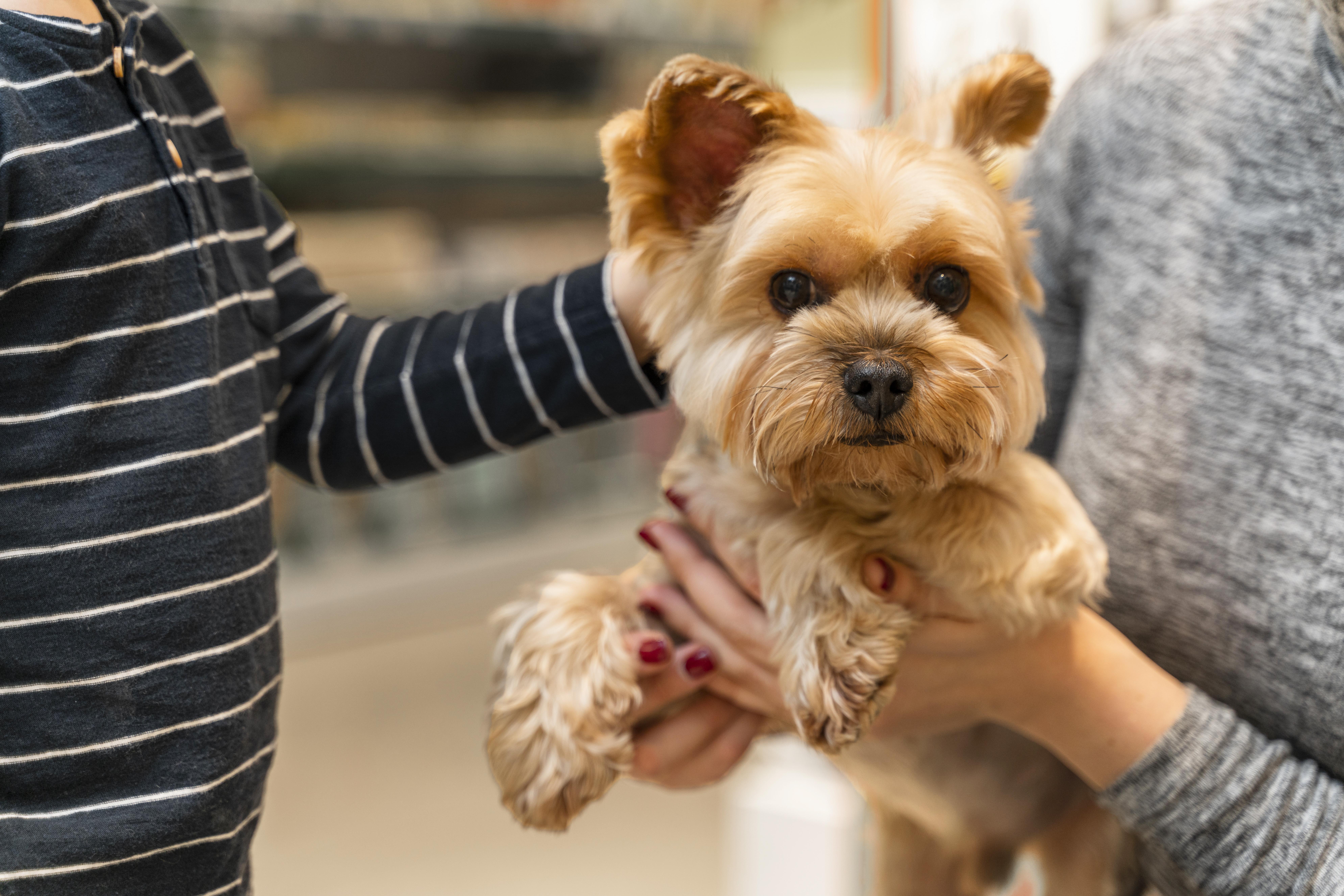Singapore’s scorching weather can spell trouble for our beloved furry companions. It’s vital to act swiftly and protect them from the blistering heat. Discover these essential tips that can be a lifesaver, ensuring your pets stay cool, safe, and healthy. From preventing heatstroke to creating a pet-friendly oasis, let’s dive into this must-read listicle to beat the heat and safeguard your Singaporean pets from the sweltering sun!

Provide Ample Shade and Fresh Water:
It is important to note that dogs do not sweat through the skin like humans, and instead panting is the primary method to regulate body temperature. Create a cool sanctuary by offering access to shaded areas, such as covered patios or well-ventilated rooms. Ideally, your pets should be indoors with you on a hot day. Set up water stations with clean, fresh water in multiple locations around the house and yard. Hydration is key to keeping core body temperature down, adding ice cubes to water, or preparing frozen (dog friendly) fruits as a treat can help to keep us entertained at the same time.
Never Leave Pets in Parked Vehicles:
A common but deadly mistake – even on seemingly mild days, the temperature inside a parked car can escalate rapidly, leading to heatstroke. Always take your pet (and children!) with you or leave them at home in a safe, comfortable environment.
Optimize Exercise Routines:
Adjust your pet’s exercise schedule to avoid the hottest parts of the day. Walking on concrete or road surfaces on a hot day can cause burns to your pet’s paws, leading to a lot of pain and discomfort. You may notice your pet actively avoiding certain surfaces, or limping shortly after a walk on such days. Hence, early mornings or late evenings are generally cooler and safer for physical activities. This is even more so for dogs that are muzzled during walks as their ability to pant would be restricted. Engage in low-impact exercises, such as gentle walks or indoor play, to prevent overexertion.
Utilize Cooling Strategies:
Assist your pets in staying cool by using various cooling techniques. Provide cooling mats or pads for them to lie on. You can also place damp towels in the freezer for a short while, then place them around your pet’s neck or on their belly to help regulate their body temperature. As dogs dissipate heat by panting, ensuring a constant air flow from electric fans can help. Having marble floorings would also be an advantage in this case!
Manage Grooming:
Regular grooming plays a vital role in preventing heat-related issues. While it’s essential to keep your pet’s fur clean and well-maintained, avoid shaving them completely. Fur acts as insulation, protecting them from sunburn and direct UV damage onto the skin. Instead, opt for regular brushing to remove loose fur and consider a trim to keep them tidy.
Monitor for Signs of Heatstroke:
Learn to recognize the symptoms of heatstroke, which can include:
- Anxiety/signs of discomfort
- Excessive panting and wheezing
- Weakness, reluctance to move
- Open mouth breathing in cats
- Vomiting and/or diarrhea
- Collapse
If you suspect heatstroke, take immediate action. Move your pet to a cool area, provide water, and use cool (not cold) water to dampen their fur. Ideally a fan can be used to help with evaporative dissipation of heat. However, it’s crucial to seek veterinary assistance promptly, as heatstroke can be life-threatening.
Create Indoor Comfort:
Keep indoor environments comfortable by utilizing fans or air conditioning during hot weather. Ensure proper air circulation and maintain a moderate temperature to help your pets remain cool and comfortable. Clothing should be removed as well on hot days. Some flat faced breeds (brachycephalic) are more prone to heat stress, and should be monitored closely at home.
By implementing these practical steps, you can significantly reduce the risk of heatstroke in your cats and dogs. Remember, their well-being and safety depend on your proactive care and attention, especially during warmer months.
By following these essential guidelines and practical steps, pet owners can significantly reduce the risk of heatstroke in their cats and dogs. Online veterinarian resources, such as pet telemedicine and online vet consultations, offer convenient avenues for seeking professional guidance on pet health and safety.
Written by: Dr Joey












